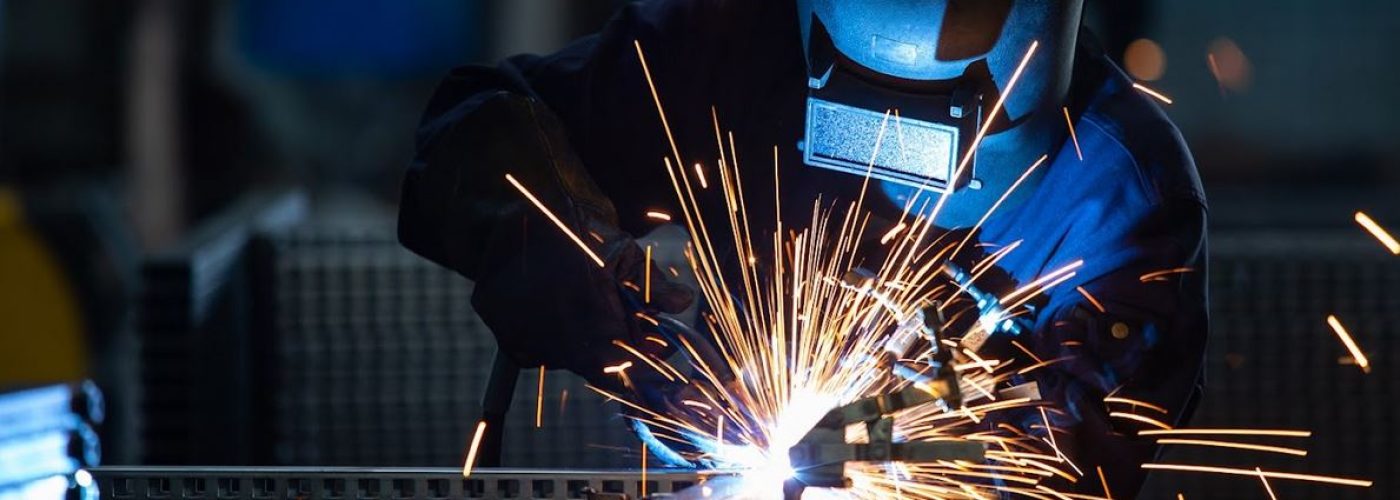Welding plays an enormous role in many industries. It’s a necessity in automaking, construction, and aviation. In most cases, welding enables frames and connections between the metal parts. Welding’s importance reaches homes as most appliances, tools, and equipment are generally welded.
Yet, welding can be challenging. Workers require time, practice, and discipline to master this craft. However, there are tips and tricks that seasoned workers apply to have excellent welds. If you’re still learning the basics of welding, take note of these secrets to have a successful welding project.
1. Incorporate Aluminum In Construction Projects
One way to have a durable and outstanding welding project is by using aluminum. Although this metal is generally more expensive compared to steel, aluminum offers more benefits. It’s resistant to corrosion and easier to cut because it’s typically soft.
Despite its softness, it’s very durable and lighter compared to other welding base materials. Because of it, an aluminum-based welding project requires limited energy during production and use. Hence, it’s believed to be a sustainable way to reduce emissions.
If you’d use aluminum, you may use it alone or combine it with other steel materials. Either way, its strength depends on the overall quality of the project. In other words, the better the materials and welding process are, the more durable the results will be.
2. Ensure That Your Electrode Has The Precise Length
You may need to select your electrode or stick’s appropriate length. In doing so, choose the type which is appropriate to your arm’s length when you weld. Or you could adjust your distance to have your desired angle. If the electrode is too long, you might melt the rod. If it’s too short, you might not weld properly, and the joined part might detach anytime soon.
3. Start And Finish Everything Cleanly
Use a wire brush to remove grease, rust, and dust in the parts you’ll weld. Ensure that there’s no residue left in the metals before you try to attach them. When the dirt is infused with impurities, the welds are likely to have dust and rust, weakening the spots.
If you want dirt-free welds, slow down the process to guarantee proper melting and joining. Lastly, it would be best to clean your workplace by removing burn marks and other impurities that result from your work.
4. Take A Practice Run Before The Actual Weld
If you want to find your most comfortable position in welding, take a practice run. It’ll help you in determining your best angle as well as the distance to your work. Professional welders do this to start the momentum in their work. Usually, they do this by welding two pieces of metal.
5. Follow The Basics Of Welding
In welding, you’d need to stick with the fundamentals to have clean and good outputs. For that purpose, here are some points that you may consider:
- Angle: For wire type, position the gun at a 10-20° angle while you have a pushing direction for your weld. For the stick type, keep the angle within 20-30° direction. For fillet type, keep your rod around 45°. These are the ideal angles to each kind of process. Yet, you could always consider your comfort over these prescriptions.
- Arc spacing: In most cases, welders keep a distance of ⅜ to ½ inch for wire welding. You may apply the rule of thumb in keeping work distances for other types—the arc’s span shouldn’t out-space the core’s diameter.
- Travel speed: This refers to the speed by which the welding stick moves along the workpiece. If you need to master welding, you need to know when to use slow and fast travel. Too slow welding may produce too many metal deposits or over melting. On the contrary, if you go too fast, it may result in narrow beads that are typically weak.
- Push or pull: These refer to the basic methods of welding. Push-welds normally create shallow spots and cover a wider area. On the other hand, a pull-weld is preferable when you use a process that creates slags, such as what metal inert gas welders do. Learning these basics is essential, and attending a welding school can help reinforce these techniques through hands-on training and expert guidance. A structured program allows you to practice the fundamentals in a controlled setting, helping you build confidence and precisions.
Wrapping Up
A successful welding project needs more than fundamental skills. Apart from the skills, welders need reliable tools and equipment. Yet, mastering the skills might make welding a lot easier. In addition, they shorten the time of labor and make the workpiece more efficient.
Suppose you’re planning to weld your first ever workpiece. In that case, you may get back to the secrets and insights mentioned above. They may provide necessary insights for your craft and develop your welding skills. With the right skills, you’ve completed half of the requirements for a clean and successful welding project.






